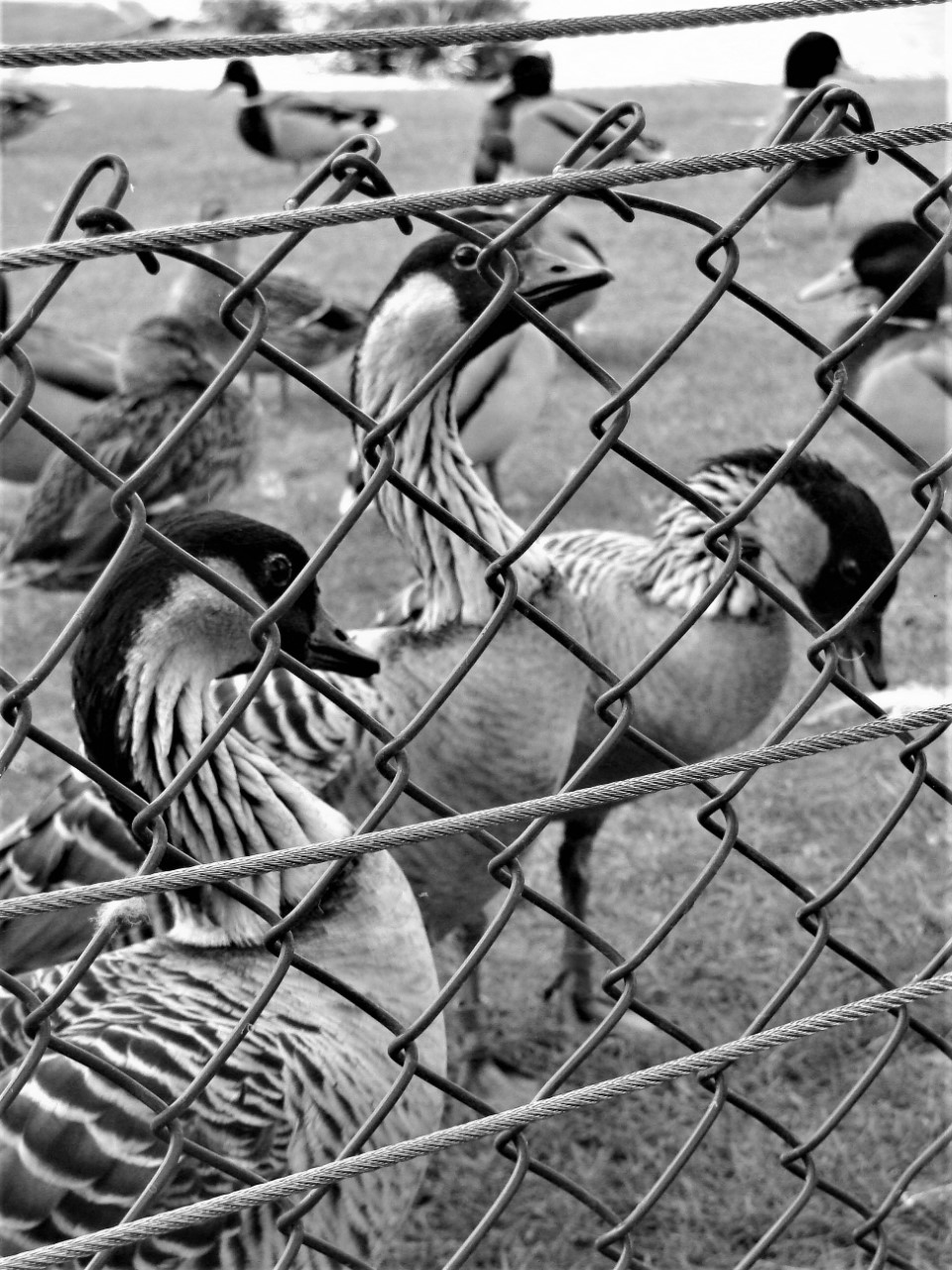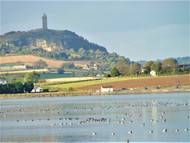Strangford Lough & Castle Espie | Dallaswear
1st Jan 1970
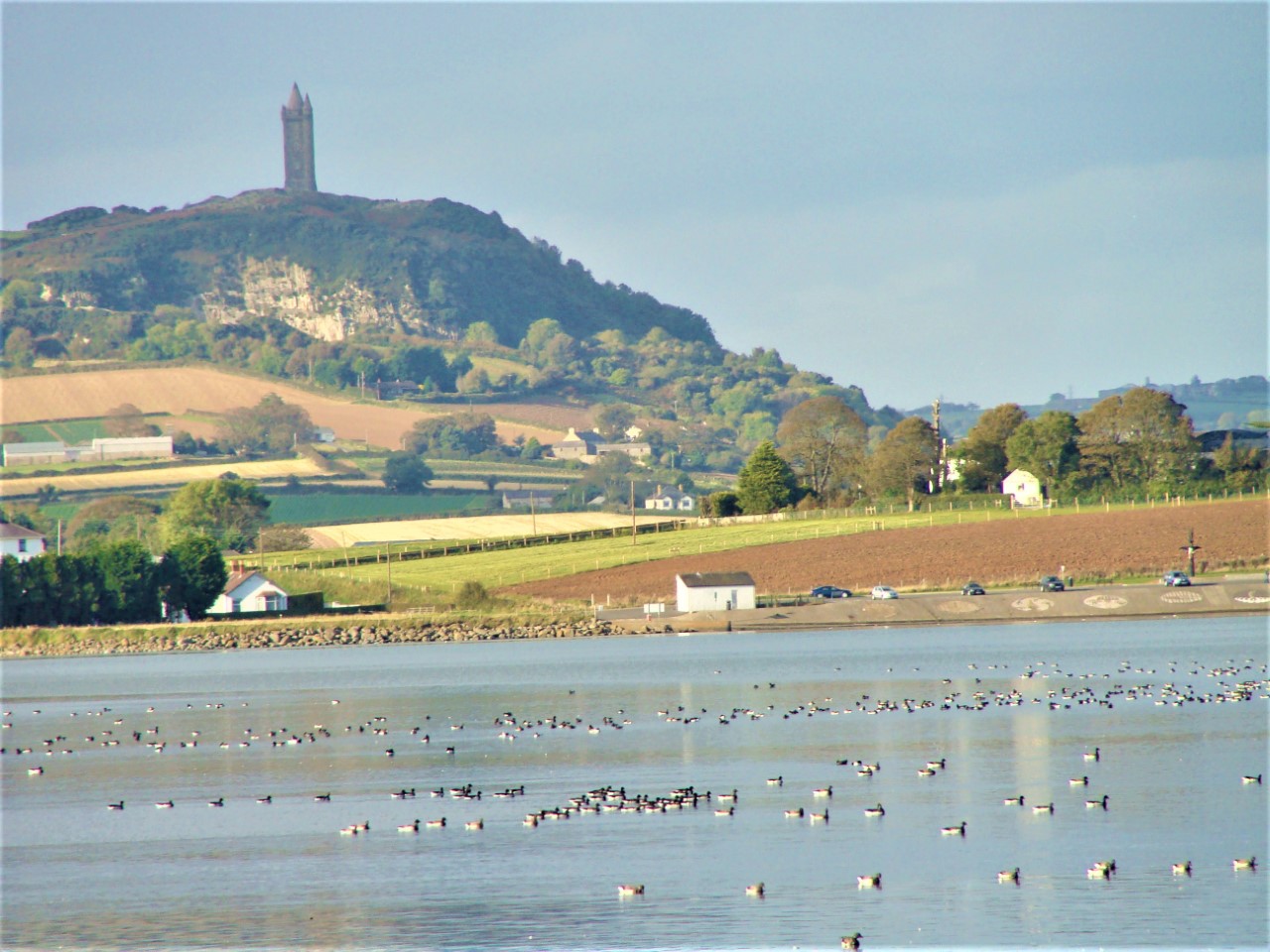
Strangford Lough is a large sea lough in County Down, which is in the east of Northern Ireland. It is in fact the largest inlet in Ireland and Britain and covers an area of ninety-three square miles. The name Strangford Lough comes from old Norse and means “strong sea inlet”. The lough is roughly 16 miles long and 4 miles wide. Interesting features of the landscape around the Strangford Lough are the numerous drumlins. As the ice sheet from the last ice age began to melt, around 10,000 years ago, sea levels began to rise. Drumlins were formed as a result of the movement of the ice sheet and the deposits left behind. Drumlins in Irish means “littlest ridge” and a group of drumlins are called a swarm. They present as gently rounded hillocks and are a fascinating feature in County Down. Some of the islands in Strangford Lough are submerged drumlin. All together there are seventy islands in the lough.
There is evidence that people have inhabited the area for thousands of years. Piles of discarded shells, called middens, date back 7,000 years to Mesolithic times and are evidence that the people living there took full advantage of the edible shellfish that they gathered from the waters.
Today the Lough is designated a Special Area of Conservation under the EU Habitats Directive.
Situated near Comber is Castle Espie, a wetland reserve managed by the Wildfowl and Wetlands Trust. The centre was opened by Lady Scott in May 1990 and covers an area of 60 acres. In 2007, the centre benefited from a Heritage Lottery Fund grant. This enabled investment in the improvement of various habitats along the shores of Strangford Lough and in turn encouraged as much biodiversity as possible. There are a mix of habitats across the site including saline lagoons, salt marshes, reed beds and limestone grassland.
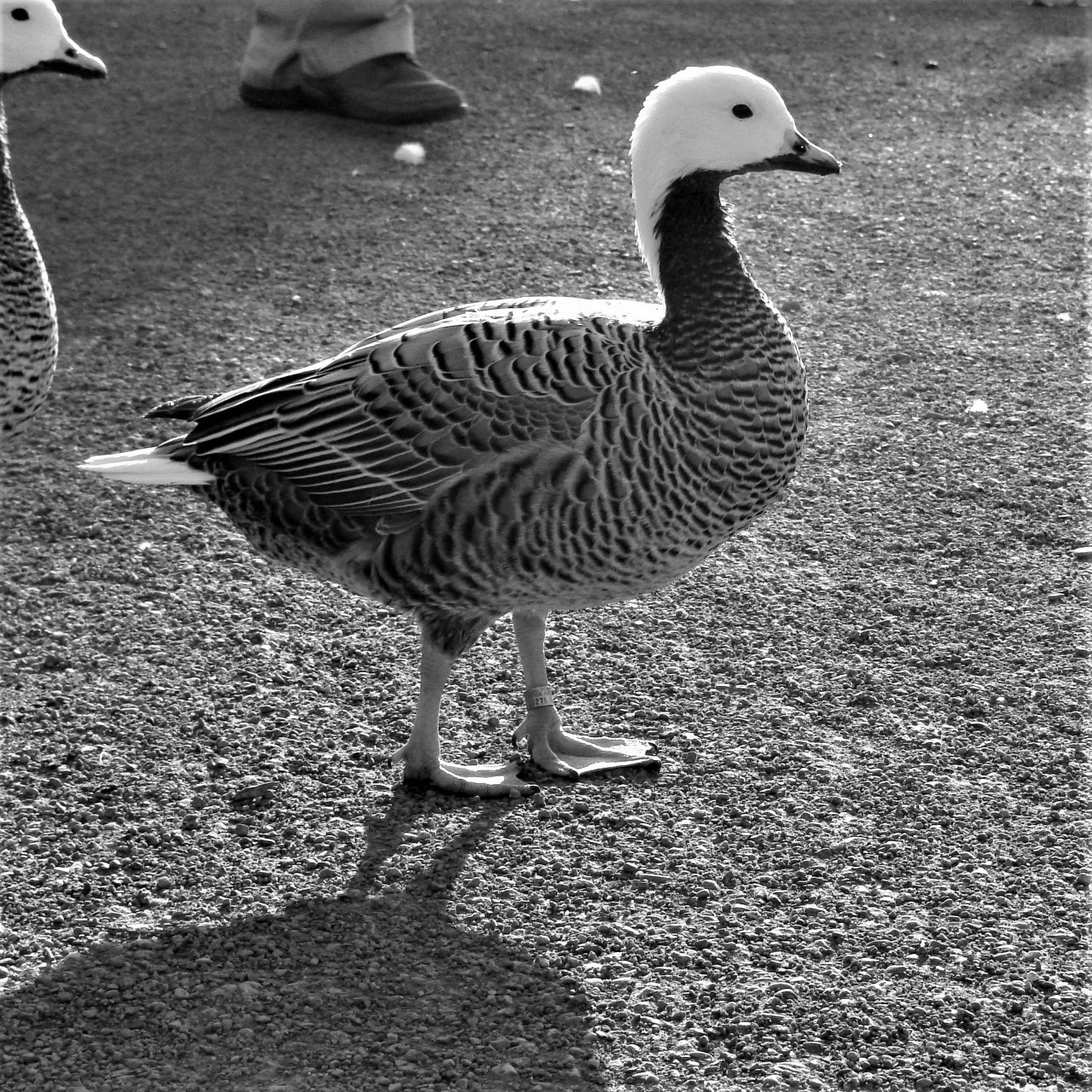
The whole experience at Castle Espie is just amazing. The views across the estuary are stunning and the abundance of birdlife astounding. Castle Espie is of international importance due to the biodiversity to be found there and is home to Ireland’s largest collection of ducks, geese and swans. The WWT at Castle Epsie do amazing work to protect endangered species. Some of the birds they’ve helped in this way include Red-breasted geese from Russia and Hawaiian Nene geese. To be able to see these geese at Castle Espie, considering their endangered status, is just amazing.
Of course, the species you are likely to see will depend on when you visit. It’s in Autumn when the spectacle of huge numbers of Light-bellied Brent geese arrive after completing a migration of some 2,000 miles. In the summer months, you’ll see dragonflies emerge and any number of butterflies. And in recent months, there have been the first ever sightings of a cattle egret at the centre. You’ll also see plover, godwit, shelduck, shoveler, redshank, kingfishers, mallards, terns, bats and otters.
The different habitats benefit all the animal life and make for an interesting experience for visitors too, enabling us the opportunity to see a wide variety of species. There are several walks to chose from whether it be through the wooded area or along the shore of the lough.
There is a great opportunity to see the birds up close at Castle Espie. You are able to buy bags of grain to feed the ducks and they aren’t at all shy. We had seen Eider ducks before, off the coast of Scotland, but never as close up as at Castle Espie. As well as being visually stunning birds in their striking black and white plumage it was the call of the Eider ducks that surprised us the most. It is a most unusual sound for any animal to make. I can only say that it reminds me of gossiping old ladies!
When we visited Strangford Lough, it was a beautiful sunny day. The water was as still as glass and the scenery absolutely stunning. At Castle Espie we were impressed by the variety of waterfowl and thrilled to be able to hand feed the ducks and enjoy them close up!
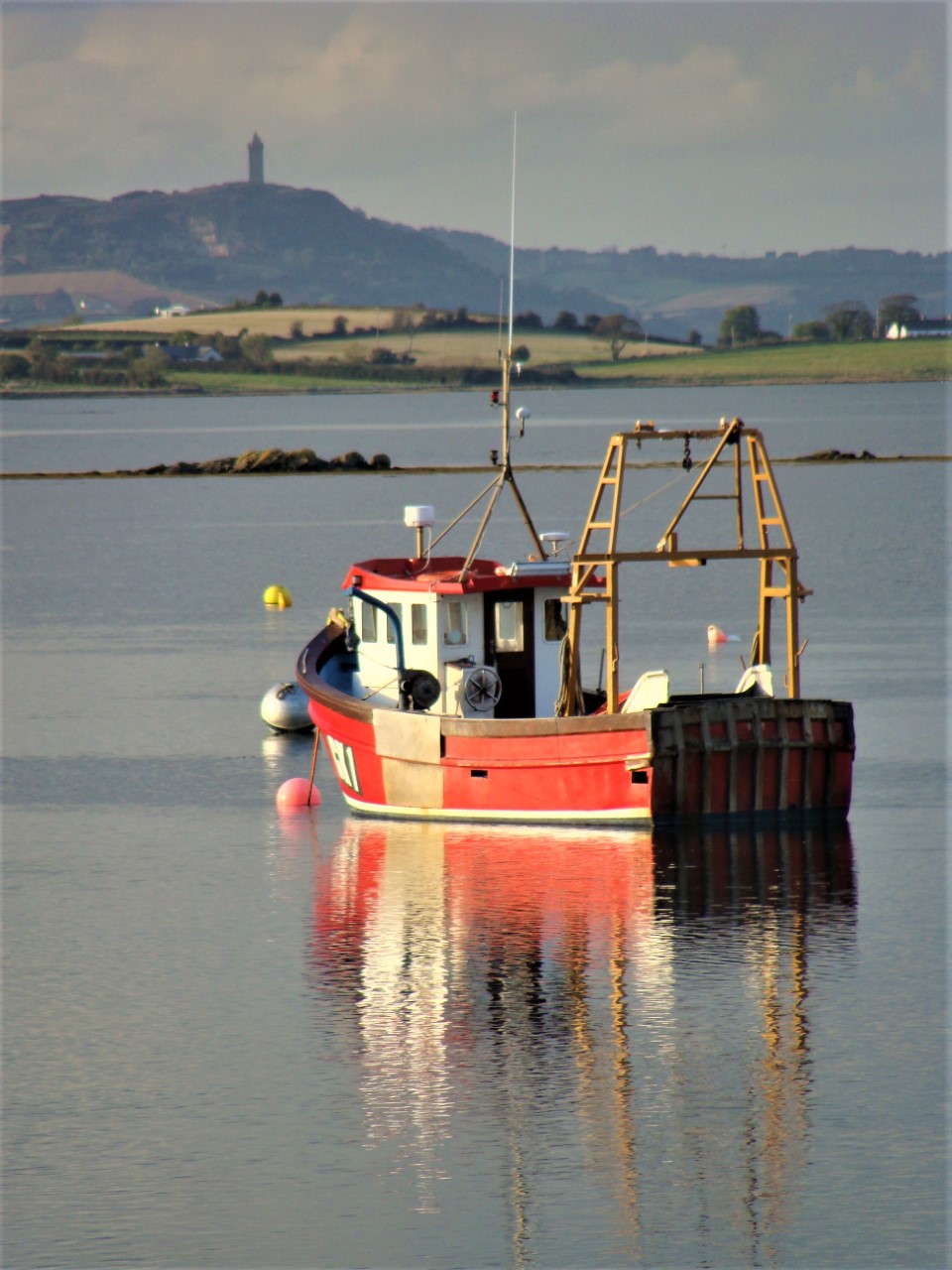
Sustainable practices are high on the agenda at Castle Espie. The centre uses a biomass boiler and an energy system fuelled by the sun. Rainwater supplies the washrooms and the use of single use plastic has been reduced by using compostable packaging in the coffee shop.
Castle Espie does very well catering for the disabled visitor, supplying free accessible parking, the loan of wheelchairs, level access paths and step free entry to all of their hides.
The Kingfisher Kitchen sells snacks and drinks, always a bonus on a day out and there is a lovely gift shop offering a range of goods from local artists and crafters, together with bird boxes and feeders so that you can look after your own garden visitors.
At the moment, as with so many other things, Castle Espie is closed due to Covid-19 restrictions.
Address:
WWT Castle Espie
78 Ballydrain Road
Co Down
N Ireland
BT23 6EA Email: info.castleespie@wwt.org.uk Phone: 028 9187 4146
